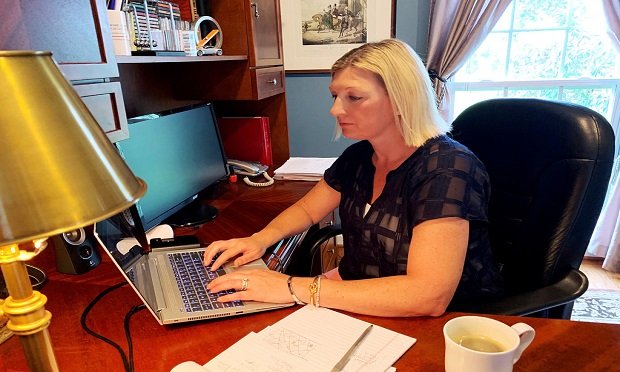 This contributor writes that tracking applications that expose employees' personal details have no place in insurance nor anywhere else in the contemporary business world. (ALM Media archives)
This contributor writes that tracking applications that expose employees' personal details have no place in insurance nor anywhere else in the contemporary business world. (ALM Media archives)
The expansion of a remote workforce during the current global pandemic ushered in a new era of management, risk mitigation and workplace compliance. However, not all workplace tech innovations have been welcomed.
Recommended For You
Want to continue reading?
Become a Free PropertyCasualty360 Digital Reader
Your access to unlimited PropertyCasualty360 content isn’t changing.
Once you are an ALM digital member, you’ll receive:
- Breaking insurance news and analysis, on-site and via our newsletters and custom alerts
- Weekly Insurance Speak podcast featuring exclusive interviews with industry leaders
- Educational webcasts, white papers, and ebooks from industry thought leaders
- Critical converage of the employee benefits and financial advisory markets on our other ALM sites, BenefitsPRO and ThinkAdvisor
Already have an account? Sign In Now

